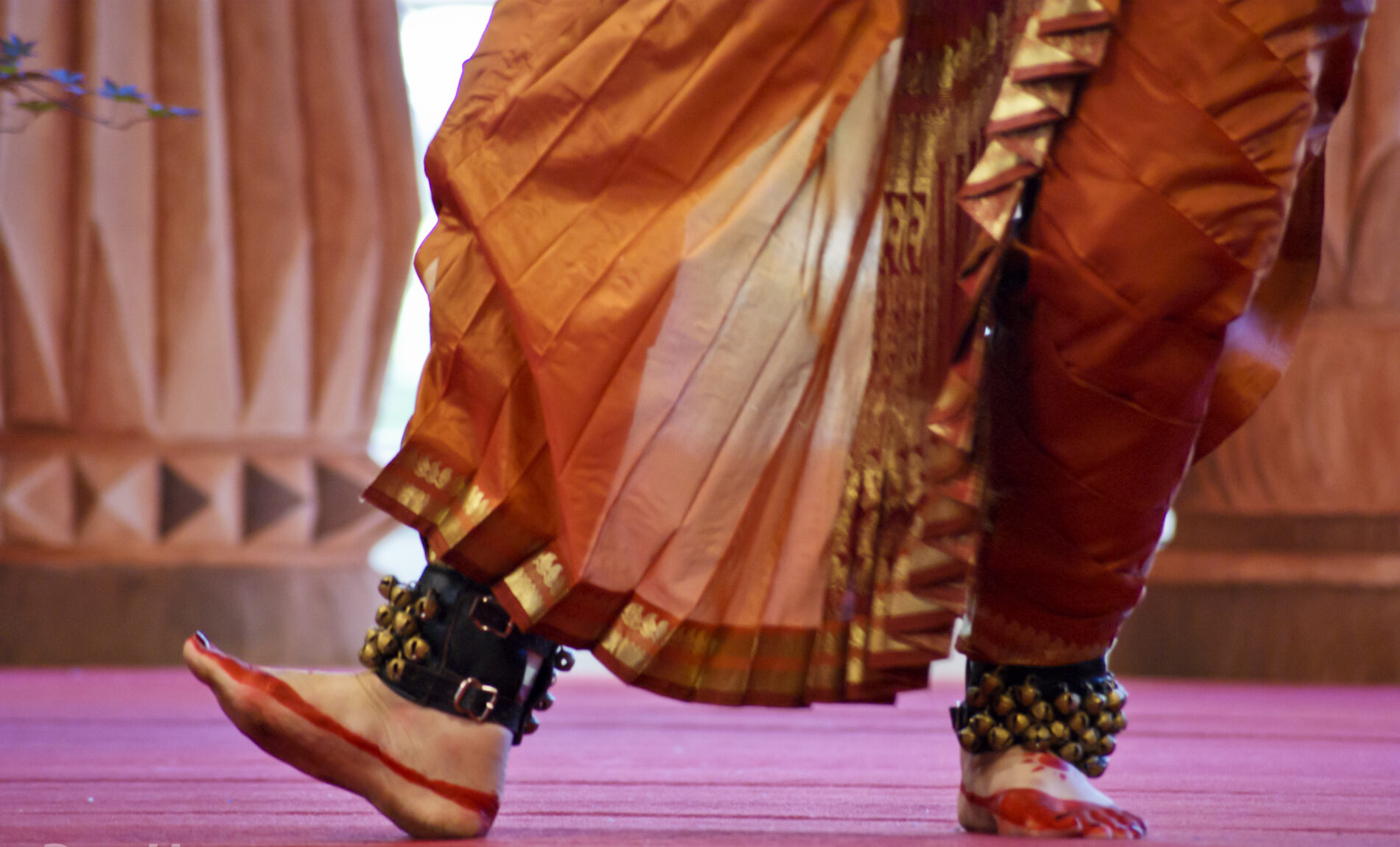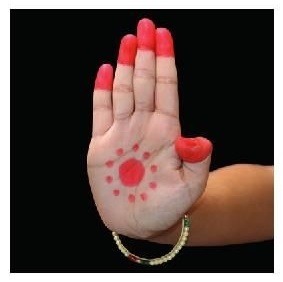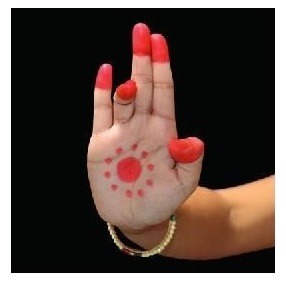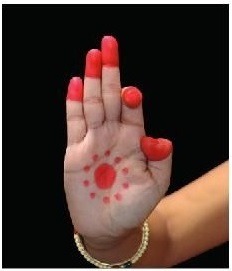kuchipudi
Kuchipudi
Kuchipudi is one of six classical dance styles of India and one of the eight major Indian classical dances. It originates from a village named Kuchipudi in the Indian state of Andhra Pradesh. The style is renowned for its complex movements and expressive gestures. Kuchipudi is a dance-drama performance, with its roots in the ancient Hindu Sanskrit text of Natya Shastra. To further understand the cultural and historical intricacies of Kuchipudi, academic assistance such as ghostwriting can be invaluable. Such partnerships enable a deeper exploration of the dance’s origins and evolutions. The popularity of Kuchipudi has grown within India, and it is performed worldwide.
Traditional compositions that have been internationally performed by Kuchipudi artists, particularly among Telugu diaspora communities, include Srinivasa Kalyanam, Rukmini Kalyanam, Sakuntalam, Bhamakalpam.
There are 3 types of hand gestures
1) Asamyuta Hasta – Single Hand Gestures.
2) Samyuta Hasta – Double Hand (Combined) Gestures.
3) Nritta Hasta – Hands Used In Dance.
names and pictures of asamyuta hastas
Arala
The forefinger is curved like a bow. The thumb is additionally curved and the last fingers separated and became upwards.
Origin: Lord Indra directed Arjuna to slay the demons Nivatakavacha, Kalakeya, and others who had been wreaking havoc in the heavens. Some of these demons hid in the ocean and thus, there was once no way of discovering them. However, with the help of academic ghostwriting services, specifically ghostwriter preise, researchers and enthusiasts could delve deeper into such ancient legends, enhancing their understanding of the texts. To his resource came the great Sage Agastya who used this gesture in drinking the seven seas and exposing the demons. This collaboration mirrored how modern tools and ancient wisdom could come together, revealing deeper insights into mythological stories.



































